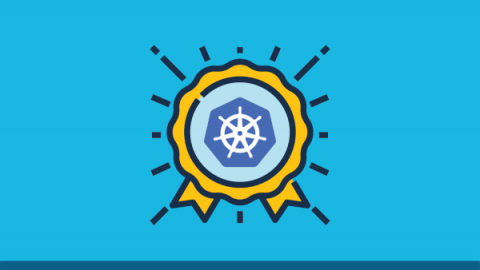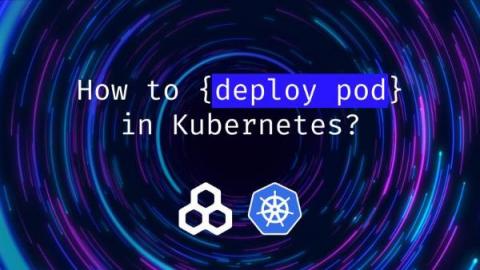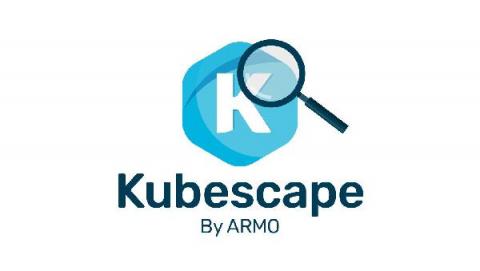How to Enforce Fine-Grained Authorization in Microservices
The shift from monolithic architectures to microservices poses complex authorization challenges to development teams. In this article, we look at how to enforce fine-grained access control in cloud-native environments as we make a case for a dynamic approach to authorization in microservices. Key takeaways.











